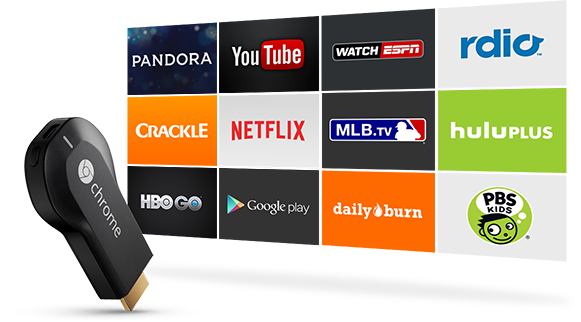


When will we see a transparent smartphone? It's a question that's been circulating for years, thanks to films like
Minority Report and
Iron Man 2 that sparked dreams of a diaphanous mobile future, and more than a decade later, it's one that's still without an answer. Sony Ericsson's Xperia Pureness fell flat when it hit the market in 2009, and subsequent
concept designs never came to fruition, leaving only a trail of dashed hopes and semi-transparent
feature phones in their wake.
Now, Taiwan-based Polytron Technologies is trying to revive the dream, with a transparent multi-touch display that it's begun marketing to OEMs. As
Mobile Geeksreports, the key to Polytron's prototype is its so-called Switchable Glass technology — a conductive OLED that uses liquid crystal molecules to display images. When the phone is powered off, these molecules form a white cloudy composition, but once activated with electric current (flowing through transparent wires), they realign to form text, icons, or other imagery.
In its current form, the device still isn't totally transparent. Most glaring is the SD card, inserted on the bottom left side of the phone, alongside the SIM card. The microphone, camera, and batteries are also visible, though Polytron plans to hide these with a darker glass cover once it goes to production. In its finished state, the phone would feature dual-sided multi-touch displays (front and back), raising new possibilities for OS and UI design.
At this point, however, the display is still very much in development. The prototype features no software or operating system, which makes it difficult to visualize in practice. In an interview with
The Verge, Polytron general manager Sam Yu acknowledged that the company is still working on integrating a smaller, less conspicuous lithium-ion battery. Transparent lithium ion technology has been
in development for some time now, but for the moment, Yu's prototype runs on two small (and very visible) batteries.
There's also no clear indication that it will actually come to production anytime soon, but Yu seems confident about its chances. "It will happen near the end of 2013," Yu
toldMacworld last week. "Trust me." He later told us that Polytron is already in serious discussions with "major smartphone makers" across the US, Europe, Japan, and South Korea.
The looming question, though, is whether or not the market even wants a translucent device. Companies like Samsung,
LG, and
others have been touting
larger transparent displays for years now, but aside from the
occasional Far East prototype, there hasn't been as concerted an effort around smaller, more Tony Stark-friendly form factors.
A major hurdle in adapting the technology to smaller screens stems from physical constraints. At one end of the spectrum is Tokyoflash, which recently used a transparent LCD in its
Kisai Spider wristwatch, but faced difficulties in integrating hardware components within such a small frame. "The challenge of using a transparent display in a wristwatch, and I suppose other wearable technology, is that you need to store the batteries somewhere else (usually they are stored behind the LCD panel)," Tokyoflash marketing manager Paul Cooper said in an e-mail, adding that transparent display technology may offer more obvious benefits for advertisers or as interactive window displays.
Polytron, of course, has relatively more real estate to work with, though it's unclear whether transparency alone will be enough to woo consumers. Aside from its dual-screen feature — a design already seen in devices both old and new — the prototype doesn't seem to offer a significantly different functionality. Its form factor may be appealing (Polytron says its handset is currently "thinner than the iPhone 5"), though industry analysts say the success of Polytron's prototype, or any transparent device, will ultimately hinge upon whether its display offers more than mere novelty value.
"Display quality is paramount," says Avi Greengart, research director at Current Analysis. "If the display quality is not up to par with the best of today’s AMOLED and LCD screens, a phone using it won’t sell even for its novelty value."
Skepticism aside, Polytron seems intent on bringing its technology to the mainstream, with an eye toward expanding it to other form factors, as well, since its display can be scaled up with apparent ease. In fact, Yu told The Verge that the company plans to announce a prototype transparent tablet within the "next couple of weeks."


.jpg)
.jpg)
.jpg)





